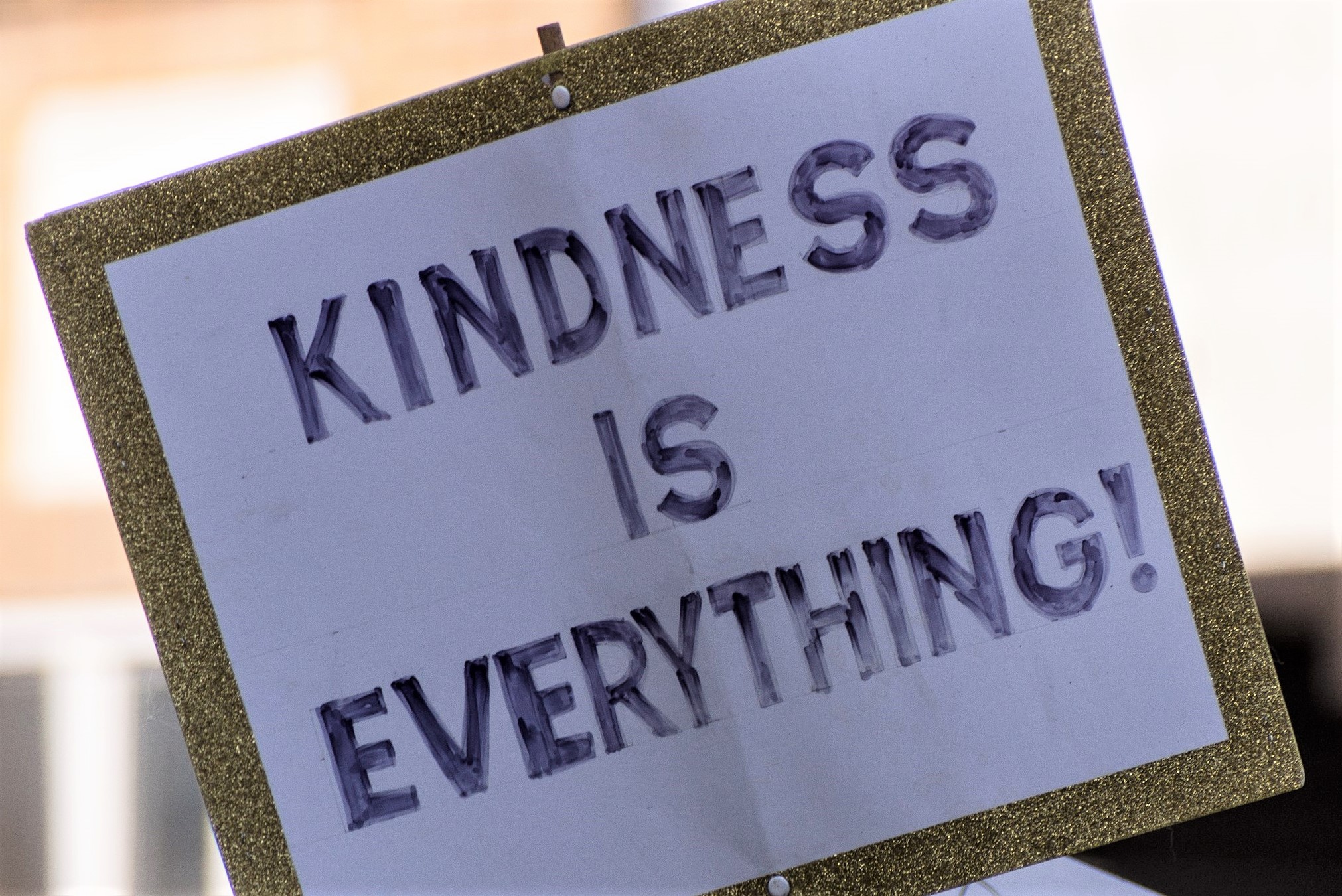By Jim Young
Opinion.
As we enter a new year in politics, progressive voters in Ontario might be forgiven for thinking new Liberal leader, Bonnie Crombie, with experience and name recognition other leaders only dream of, might sound the death knell for Doug Ford’s scandal-plagued Tories. Coupled with Marit Stiles, recently elected Ontario NDP leader, a feisty parliamentarian who, until now, has been the face of the opposition, and the recent Kitchener-Centre by-election victory of Mike Schreiner’s Ontario Green Party, momentum on the left seems unstoppable.
However, while Ford might face tough question periods from three very capable leaders, his premiership and Queen’s Park majority remain unassailable until the 2026 election. Even then, the law of unintended political consequences could carry him through that.
Conservatives’ mistrust of the McGuinty/Wynne years is unlikely to heal anytime soon, so Ford’s lock on those voters will hold. If fatigue from scandals drives some Tories away, Schreiner’s Greens may benefit more than Marit Stiles’ NDP, who are anathema to Fordnation stalwarts, and while Ms. Crombie’s presence should revive Liberals, will she regain voters who deserted them in 2018 and 2022 for the NDP, who in turn may be net losers in a Liberal/Green resurgence?
The things that could keep Ford in power are not new. Election gimmickry, voter apathy, and age-old division on the left gave him his 2018 and 2022 victories. He has never won a majority of the votes cast (40.8% in 2022) and despite his claims to a majority, fewer than 18% of the electorate voted for him last time.
His 2018 vote-grabbing “Buck a Beer” gimmick helped him defeat a tired and mistrusted Liberal government without any serious policy alternatives, and in 2022 his free car licence plate stickers gulled voters while stripping $2 billion from long-term care and healthcare, providing a smokescreen for his Greenbelt/developer boondoggles.
Now, he has announced termination of the Beer Store Master Framework Agreement, two years ahead of its December 2025 expiry, drawing press and public attention away from his flip flops, failures, and RCMP investigations, conveniently putting booze in corner stores just in time for the 2026 election.
Voter apathy will only be overcome by campaigns that excite voters. Wynne and Horvath failed to do that in 2018 and 2022 and while two new leaders on the left with a resurgent Green Party may fire up voters, vote splitting on the left is still likely to give Ford a 2026 majority.
On most major issues — housing, education, environment, transportation, and social policies — the three left-of-centre parties are separated only by semantics and party allegiance. Yet, in a province thoroughly fed up with cronyism and allegations of corruption, where the majority consistently vote other than Conservative, vote splitting could, as in previous elections, hand power to Ford with as little as 18% of the electorate.
An Oct. 2023 Abacus poll suggests 80% of Ontarians want an end to Ford’s mismanagement: 47% are committed to opposition parties while 33% are looking for “a worthy substitute.” In an election, it projects Ford might get 29% of votes, Liberal NDP and Greens would amass 41% support with 4% for “other” and a huge 27% undecided.
Ontarians are ready for change, but three separate opposition campaigns and the funding needed to finance them may deprive them of that opportunity. With so much in common, it is time for them to put party vanity and leaders’ egos aside. Time for a unified effort to elect a merged slate of candidates who share policy goals the majority of Ontarians already support. Time to provide an electoral home for those 27% to 33% who don’t want Ford but still seek a winning alternative, to combine fundraising to win that campaign spending battle Tories so often master. It is time to stop competing with each other to compete more aggressively against Ontario’s common enemy, Doug Ford’s Conservatives. The alternative should be unthinkable to them.





